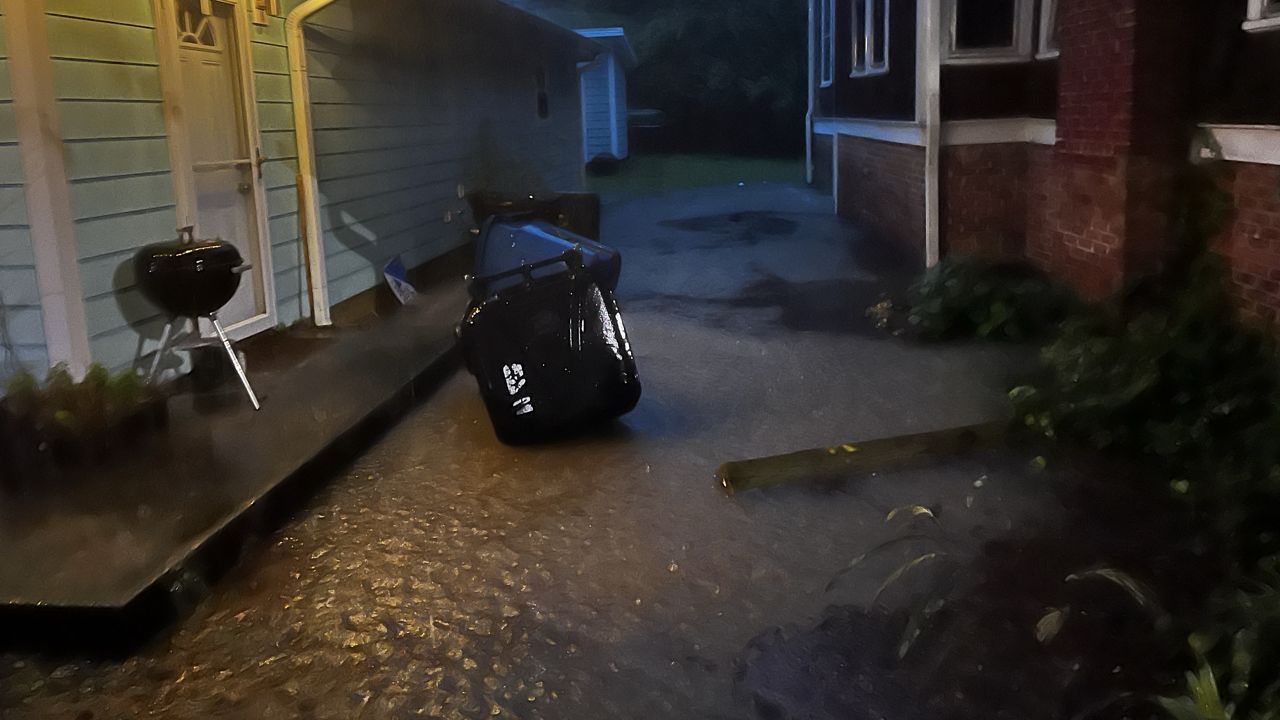Upslope snow. Many folks that live in or near the mountains know the term well. But what exactly is it?
Upslope precipitation is just another term for what is called orographic lifting.
In order for precipitation to occur, you have to have some form of upward vertical motion occurring in the atmosphere. This upward motion can be caused by a number of factors, but in this case, it is caused by the ground itself.
With orographic lifting, winds that are moving horizontally along the ground encounter mountains, forcing that air upward. As the air gets lifted, it cools and condenses, forming clouds and precipitation (assuming enough moisture is present in the air).
Let's take the mountains of North Carolina as an example.
By and large, the Appalachians are oriented northeast to southwest. To maximize the effect of orographic lifting, you want the wind flow to essentially be perpendicular to the orientation of the mountains.
So, in North Carolina, a northwest wind results in the most efficient upslope flow.
Often times behind a cold front, winds will be out of the northwest. This northwest flow quite frequently results in precipitation occurring in the mountains, especially the Tennessee-facing mountain areas, when other locations in the region are dry.

The amount of precipitation can really be enhanced when the flow of winds has origins around the Great Lakes. When there is a Great Lakes tap of moisture, significant amounts of precipitation can occur.
This orographic lifting effect happens year-round, but most people talk about it during the winter when the result is snow. Frequently following late fall and winter cold fronts, a period of snow will occur that can last for a day or more until the northwest winds relax.
The net result of this effect is a much snowier climate in some mountain areas, especially northwest-facing mountain areas, than other locations that are geographically very close.
Conversely, areas just on the downwind side of the mountains often have a rain (or snow) shadow. This is due to the mountains 'wringing out' the moisture from the atmosphere as the winds flow across the topography.






_Cropped)


